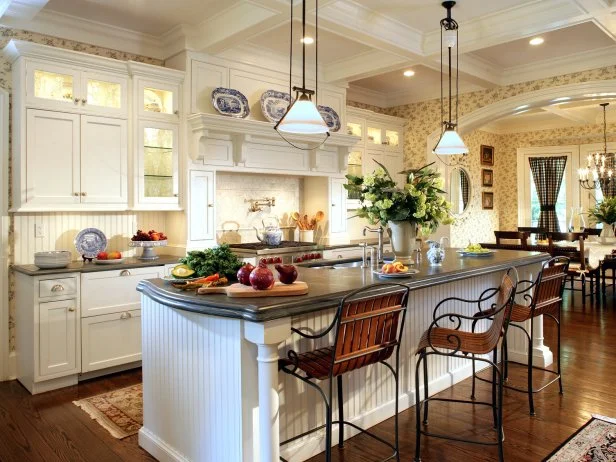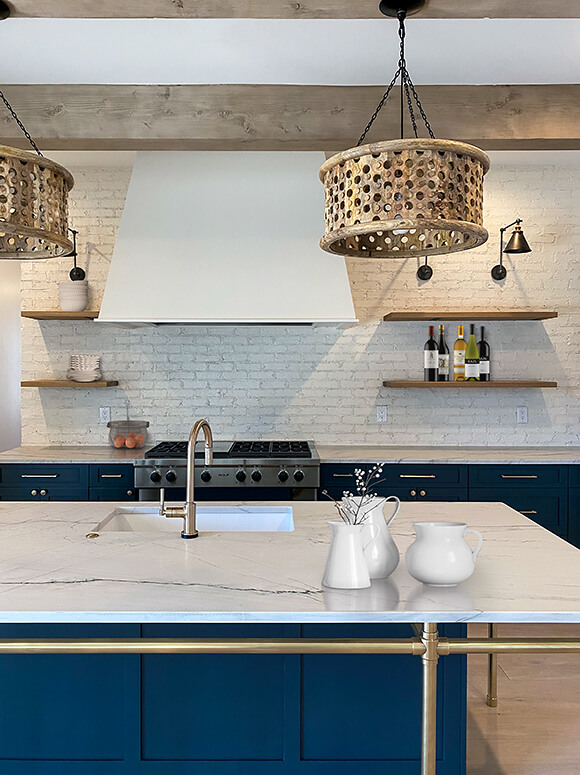Sturdy and Stylish Options for High-Quality Legs For Kitchen Island
Sturdy and Stylish Options for High-Quality Legs For Kitchen Island
Blog Article
Secret Factors To Consider for Locating the very best Legs For Kitchen Area Island for Your Style
When picking the excellent legs for your kitchen island, numerous essential factors to consider come into play that can significantly influence both performance and visual appeals. The choice of material, elevation, and design have to line up with your overall cooking area design to guarantee a harmonious appearance.
Determine Your Design Choice
Identifying your design choice is important when picking the excellent legs for your cooking area island. The legs of your cooking area island not only serve a useful function but additionally contribute significantly to the total visual of the space. Recognizing your layout style-- be it modern-day, rustic, traditional, or industrial-- is vital.
For a modern-day kitchen, consider streamlined, minimalistic legs that enhance tidy lines and open rooms. Standard kitchens usually prefer turned or ornate legs, which can add a touch of style and refinement.
Furthermore, consider the elevation and proportion of the legs in connection to the island's surface area. Inevitably, your style choice will affect not just the option of legs but also the general harmony of your kitchen area's layout.
Select the Right Product
Picking the appropriate material for your kitchen area island legs is pivotal in ensuring both resilience and aesthetic charm. Various products use distinct advantages, and the option usually shows your layout choices and functional requirements.
Wood is a preferred selection, supplying heat and versatility. It can be discolored or painted to match your cooking area decor, making it adaptable to numerous styles, from rustic to modern. Nevertheless, wood might call for regular upkeep to protect its look and stability.

If you seek an one-of-a-kind touch, consider acrylic or glass materials. They can create an impression of space and lightness in your kitchen area, making them a superb option for smaller sized areas - Legs For Kitchen Island. Nonetheless, these choices may require mindful handling and upkeep to prevent scrapes.
Inevitably, the material you choose ought to align with your cooking area's general style, guaranteeing that the legs serve both useful and attractive purposes.
Consider Elevation and Percentages
When developing a kitchen area island, height and proportions play an essential role in ensuring capability and convenience. The conventional height for a cooking area island commonly ranges from 36 to 42 inches, aligning with conventional counter elevations or bar elevations, specifically. This dimension is important for balancing with surrounding counter tops and stools, making it possible for convenience of usage throughout dish preparation and social interactions.
Furthermore, the island's proportions must enhance the general cooking area design. Take into consideration the ratio between the island's size and length, guaranteeing it provides adequate surface area explanation without crowding the kitchen area.
Furthermore, the height of the legs or base can affect the aesthetic appeal and functionality. Taller legs might provide a more modern-day, airy feeling, while much shorter ones can stimulate a traditional, grounded look. Ultimately, meticulously thinking about elevation and proportions will cause a kitchen area island that is both functionally efficient and visually enticing, boosting the total design of the area.
Assess Security and Toughness
A kitchen area island's legs have to not just complement its height and proportions but additionally offer ample security and toughness to sustain daily tasks. The legs are necessary to the total performance of the island, as they bear the weight of the kitchen counter and any kind of additional lots, such as home appliances or food prep work tasks.
When examining stability, it is vital to think about the leg layout and product. Strong steel or solid hardwood legs frequently use superior strength compared to lighter materials like engineered wood or plastic. Additionally, a broader base can enhance security, lowering helpful hints the danger of tottering or tipping during use.
Longevity is similarly crucial; the legs must withstand damage from day-to-day usage. Think about coatings that shield versus scratches, damages, and dampness, especially in a kitchen environment. Review the quality of construction, such as joints and attachments, which can considerably influence the legs' lasting performance.
Ultimately, purchasing well-crafted legs that prioritize stability and resilience will ensure your kitchen island continues to be a reliable work area for many years to come, improving your cooking important site experiences while keeping aesthetic appeal.
Element in Upkeep and Care
Upkeep and treatment are vital considerations for making certain the long life and efficiency of cooking area island legs. When selecting legs, it is vital to evaluate the materials made use of, as different options require differing levels of maintenance. Wooden legs may call for regular refinishing or sealing to protect against wetness damages and scratches, while steel legs may need normal polishing to preserve their luster and prevent rust.
In addition, the finish put on the legs can affect upkeep needs. A high-gloss finish might be simpler to tidy yet could show fingerprints and scrapes quicker than a matte coating. It is advisable to choose materials and surfaces that enhance your way of living; for example, if you often hold events, select sturdy materials that can endure deterioration.
Furthermore, think about the cleansing procedure entailed in keeping these legs. Smooth surface areas often require minimal effort, while intricate designs may accumulate dust and grime, necessitating more labor-intensive cleaning methods. Legs For Kitchen Island. Eventually, factoring in the maintenance and care needed for your chosen kitchen island legs will certainly not just enhance their visual allure yet additionally guarantee their practical stability in time
Final Thought
To conclude, choosing the optimal legs for a kitchen island necessitates mindful factor to consider of different aspects, including design style, product option, security, height, and maintenance. Each element plays a crucial duty in making certain that the legs not just enhance the visual charm of the kitchen yet likewise offer the necessary assistance and toughness for daily usage. A knowledgeable decision will inevitably add to a practical and visually pleasing cooking area atmosphere.
The legs of your cooking area island not only offer a practical purpose however also add considerably to the total aesthetic of the room.Maintenance and treatment are vital considerations for making sure the longevity and efficiency of kitchen island legs. Wooden legs might require routine refinishing or sealing to stop moisture damage and scrapes, while metal legs might require regular brightening to maintain their luster and protect against rust.
Inevitably, factoring in the maintenance and care needed for your picked kitchen island legs will certainly not just enhance their visual allure but likewise guarantee their functional stability over time.

Report this page